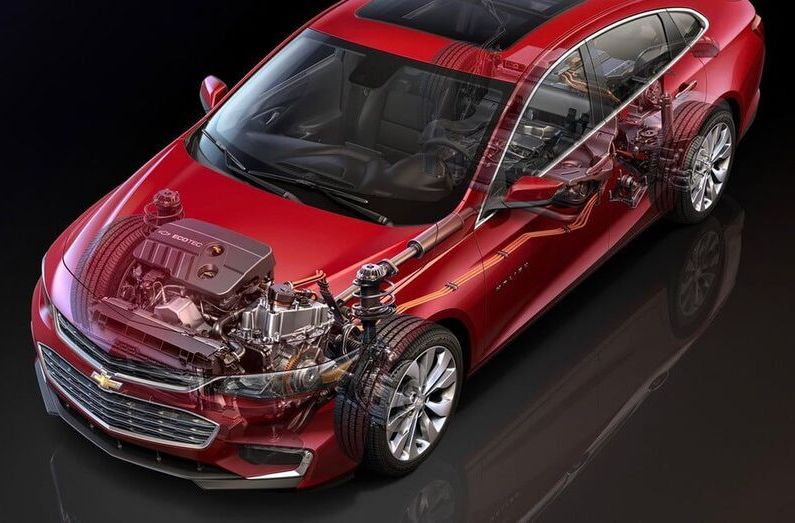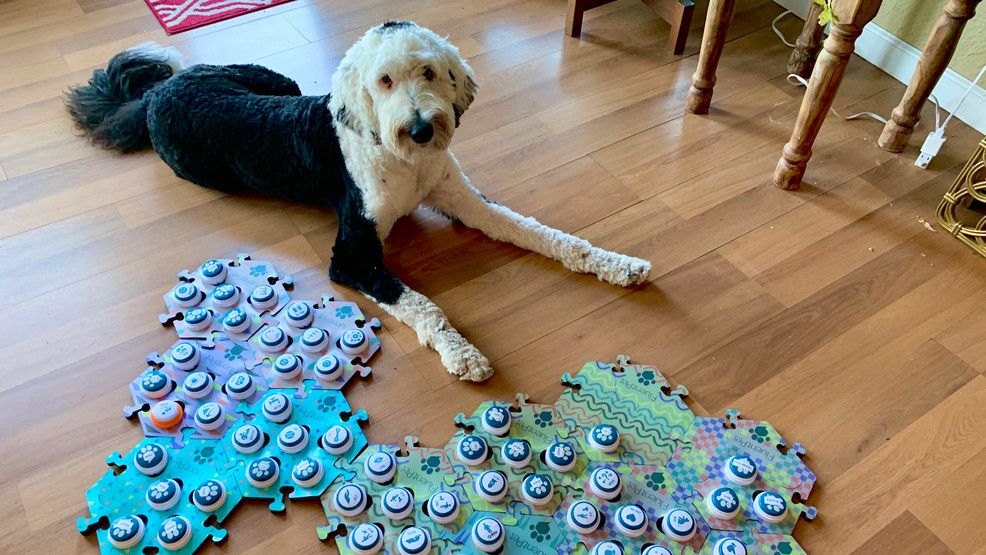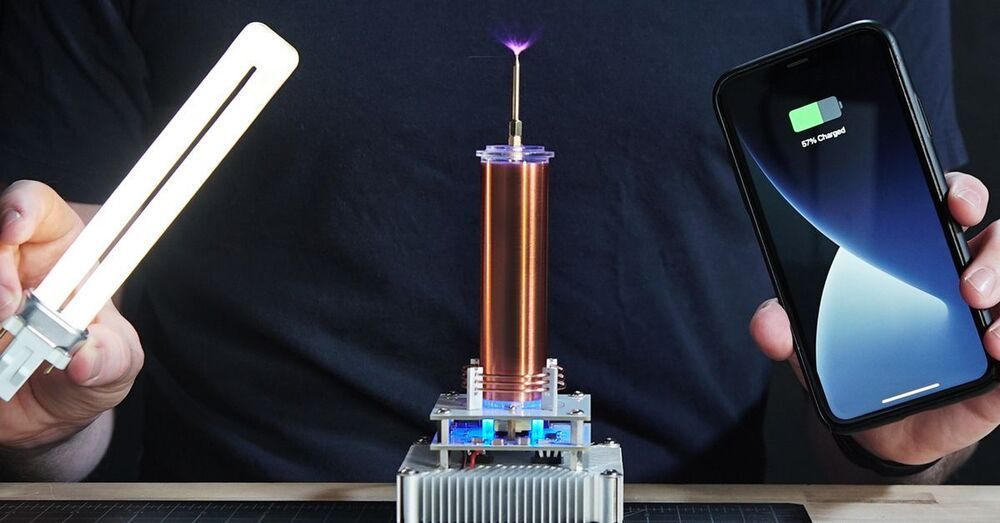Bitcoin has been hyped as the currency of the future. And it does have its advantages, as we discussed in the previous video. However, Bitcoin is far from perfect. Because of its finite supply, there is the real possibility of “lost Bitcoins” leading to lost fortunes. These lost fortunes may lead to the erosion of public trust in Bitcoin.
Discord Link: https://discord.gg/brYJDEr.
Patreon link: https://www.patreon.com/TheFuturistTom.
Please follow our instagram at: https://www.instagram.com/the_futurist_tom.
For business inquires, please contact [email protected].
Editor credits (Velinix):
https://www.youtube.com/channel/UCYcAMWx0Vcsy-SSzX3HVWYw?view_as=subscriber.
https://www.instagram.com/velinix/
https://twitter.com/Panda123Jewels





